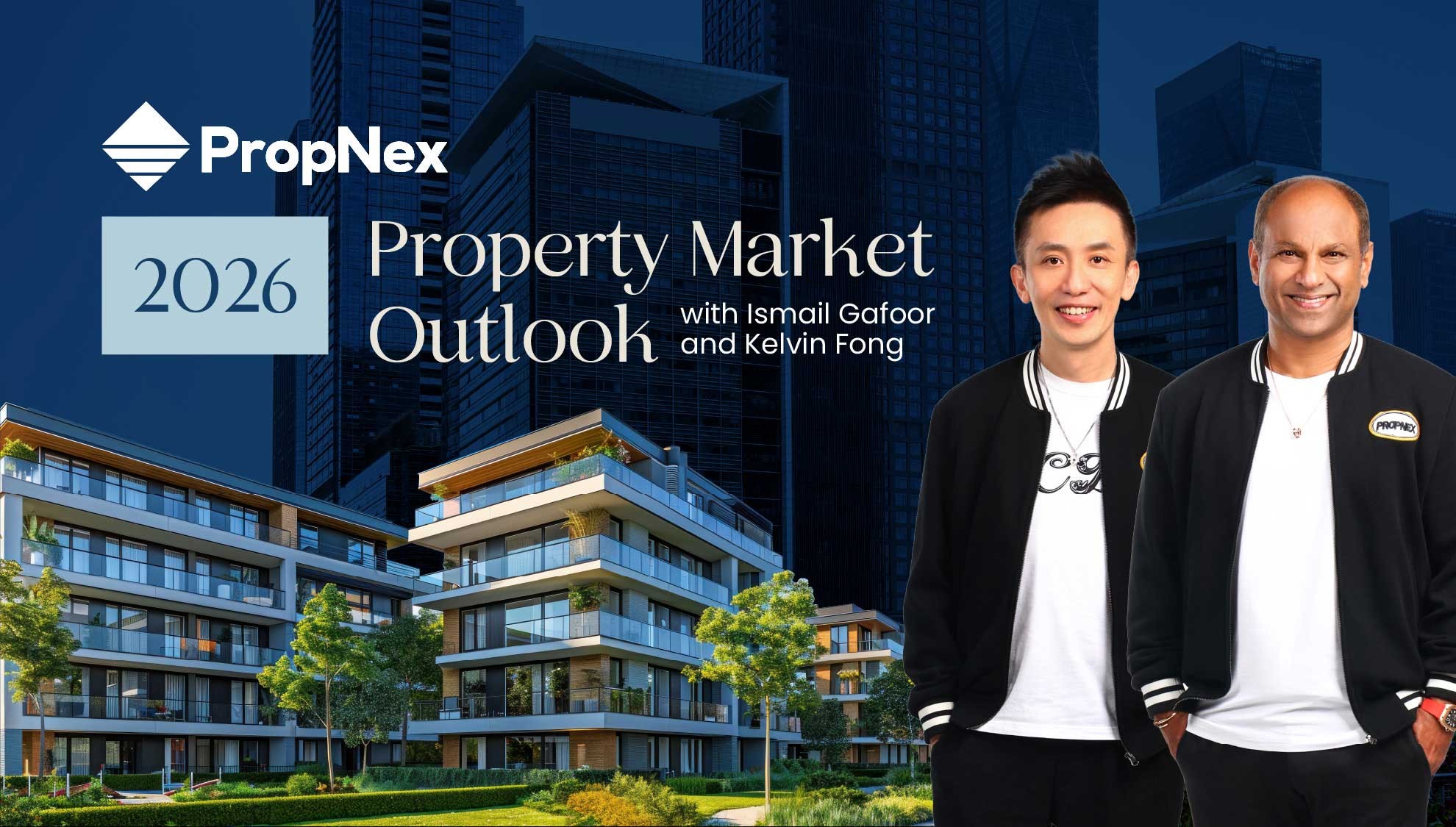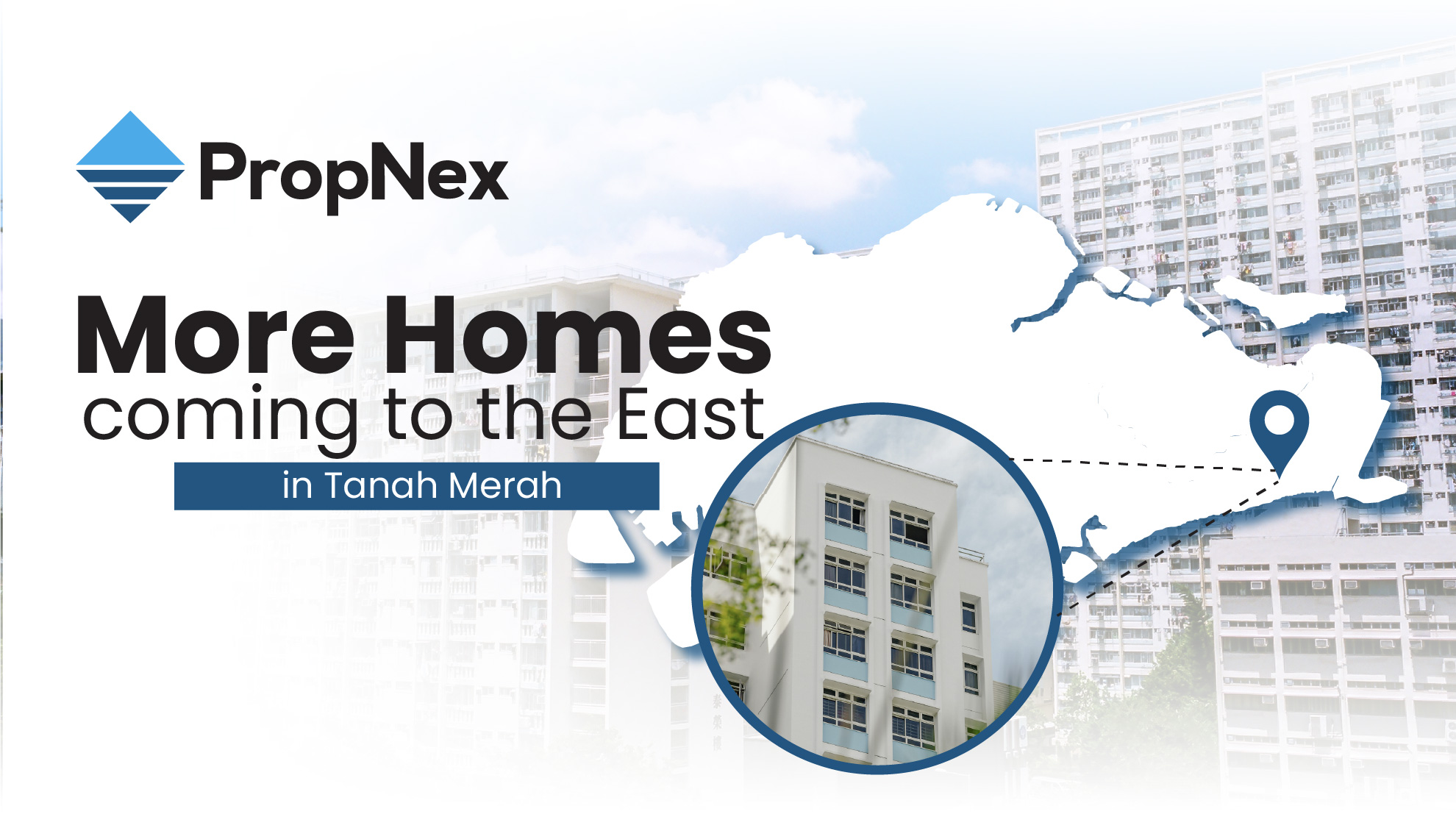The CBD Holds Its Own Amid Decentralization

Since the Singapore government first launched its plans for decentralisation in the 1990s, more commercial precincts have been developed outside of the central business district (CBD). These include locations such as Tampines, Paya Lebar, Harbourfront/Pasir Panjang area, Buona Vista, Jurong East, and Woodlands.
Conceptualised by the Urban Redevelopment Authority (URA), decentralisation is a strategy implemented to ensure sustainable growth for Singapore by distributing economic activities throughout various parts of the island, beyond the CBD. Decentralisation brings jobs closer to the homes, seeks to help ease traffic congestion, cut commuting time for workers, and to offer alternative business locations for companies.
The benefits of decentralisation have been widely discussed. For some firms, such alternative locations outside the CBD present more cost-efficient real estate options, while other companies may relocate for more strategic reasons, such as to be nearer to certain industry cluster or business community – for example, a pharmaceutical firm may prefer to be located near the R&D precinct in one-north. In addition, with an expanding transport network in Singapore, many of these regional hubs are well-served by MRT lines.
Future developments including the Jurong Lake District, Jurong Innovation District, the redevelopment of the Paya Lebar Airbase site, and the continued transformation of the Woodlands regional centre will provide plenty of opportunity for occupiers.
However, that is not to say that the Singapore CBD has lost any of its shine, nor demand for its space, and it remains a key employment hub for many Singaporeans. Based on the Census of Population 2020 by the Singapore Department of Statistics, Downtown Core was the top workplace destination in 2020 for employed residents aged 15 years and over living in all five planning regions of residence (Central, East, North, North-East, West), accounting for 9.8% to 21.3% of the resident workforce from each region.
Here are some key factors why the city centre office property market will remain relevant and appealing to many multi-national corporations and local firms:
1. Prestige and brand position
A prestigious business address in the city can help to boost the company’s brand perception among clients, investors, and global talents. Occupiers who are the key anchor tenant in a building may even have their corporate logo displayed prominently on the exterior of the building - helping to generate brand awareness and cultivate brand value. For this reason, many companies such as financial institutions and professional services firms continue to find it beneficial in maintaining a CBD business address. In addition, being in the central location also enables businesses to access a diverse and extensive network of clients, partners and services who are operating in the CBD.
2. Convenience and connectivity
It is no surprise that the city centre, being well-established, offers a wider range of amenities, from F&B, to retail as well as entertainment offerings within walking distance from the workplace. For instance, there are several hawker centres within the CBD, such as Lau Pa Sat, Market Street Hawker Centre, Maxwell Food Centre, Amoy Street Food Centre, and Tanjong Pagar Plaza Market and Food Centre. Being in a central downtown location, employees can easily commute to and from work, and it could also facilitate ease of doing business as clients can locate the CBD office more readily compared to a less familiar area in the outskirts.
3. Talent attraction and retention
Employees are attracted to location and amenities, and chances are many of them will fancy the wide range of services that a city location provides. This could be a Grade A office building with end-of-trip facilities such as a bicycle parking area and shower rooms, or a gym where they can pop by for a quick workout during lunch. The building could also have public spaces and social areas – also known as “third places” - where staff could meet and socialise outside of their office setting. The CBD offers a sense of vibrancy and bustle that will not be found in a suburban location. Given the real and perceived benefits of working in the CBD among workers, a desirable office address in the city centre will give the company an edge in attracting and retaining top talent.
4. City vibe in a “social district”
The CBD also adds to the entire workplace experience, by offering more exciting options for employees to get together after office hours, be it at a restaurant or pub within the building or across the street. It is also not uncommon to have live music performances or public events at the atrium of some buildings in the CBD (e.g. at Asia Square). Meanwhile, those working in Raffles Place could even have the option of having their packed lunch by the scenic Singapore River, if they so prefer. The city, in a sense, provides for curated experiences that may not otherwise be available elsewhere.
5. CBD transformation
The URA has also announced plans to rejuvenate the city centre by rolling out the CBD Incentive Scheme to encourage the conversion of existing, older office buildings in the CBD into mixed-use developments. This is aimed at injecting a larger live-in population and greater amenity mix to revitalise the CBD as a vibrant place to live, work, and play.
In addition, the city centre is undergoing transformation with the redevelopment of the former AXA Tower, former Fuji-Xerox Towers, the former Realty Centre, as well as the Keppel Towers. Future developments near to the CBD, such as the Greater Southern Waterfront and the Marina South precinct will also further enliven downtown Singapore. These new developments will add more housing, thereby enlarging the residential population near the city.
6. Cost justification
The narrowing rental gap between CBD offices and those in the city fringe has also nudged some occupiers to seek “flight to quality”, by relocating to more central locations or a building with higher specifications. Based on the URA office rental index, rentals for private sector office space in the Central Area is still about 8% below its peak in 2008 as at Q2 2023, while rentals of Fringe Area office space have hit a new high with a reading of 177.2 points in Q2 2023 (see Chart 1).
Looking at URA Realis data, the median office rental gap between the Central Area and Fringe Area is also at its narrowest in recent years at about 23% in Q2 2023 – with Central Area office rents at $7.10 psf per month and that of Fringe Area at nearly $5.80 psf pm (see Table 1). The difference in rentals do translate to some cost savings, but it may not be sufficient enough to entice CBD tenants to move to out-of-town locations, and to give up the premium and amenity offered by a city location.

Table 1: Median monthly $PSF office rentals and rental gap
| Quarter | Central Area Median Rental ($ PSF) | Fringe Area Median Rental ($ PSF) | Median Rental Gap (%) |
|---|---|---|---|
| 2019Q1 | 6.50 | 4.54 | 43.2% |
| 2019Q2 | 6.46 | 4.74 | 36.3% |
| 2019Q3 | 6.80 | 4.66 | 45.9% |
| 2019Q4 | 7.00 | 4.55 | 53.8% |
| 2020Q1 | 5.80 | 4.53 | 28.0% |
| 2020Q2 | 6.52 | 4.57 | 42.7% |
| 2020Q3 | 6.02 | 4.41 | 36.5% |
| 2020Q4 | 5.73 | 4.24 | 35.1% |
| 2021Q1 | 5.64 | 4.55 | 24.0% |
| 2021Q2 | 5.88 | 4.74 | 24.1% |
| 2021Q3 | 6.18 | 4.55 | 35.8% |
| 2021Q4 | 6.10 | 4.35 | 40.2% |
| 2022Q1 | 6.05 | 4.54 | 33.3% |
| 2022Q2 | 6.50 | 4.97 | 30.8% |
| 2022Q3 | 6.59 | 5.02 | 31.3% |
| 2022Q4 | 6.89 | 4.82 | 42.9% |
| 2023Q1 | 7.15 | 5.31 | 34.7% |
| 2023Q2 | 7.10 | 5.76 | 23.3% |
Source: PropNex Research, URA
For these reasons, the CBD will remain compelling to many businesses and prime offices are not in danger of losing all their tenants to decentralised locations anytime soon. However, for some firms that have scaled up to such as extent that warrants having their own building, these companies may seek an out-of-town location to keep real estate cost manageable. In other cases, the clustering of industries in certain areas may persuade some occupiers to relocate to fringe area or suburban sites. Amidst all of this, the CBD is still holding its own and will remain a prime location for business.
For office leasing or investment opportunities, check out PropNex Business Space.












